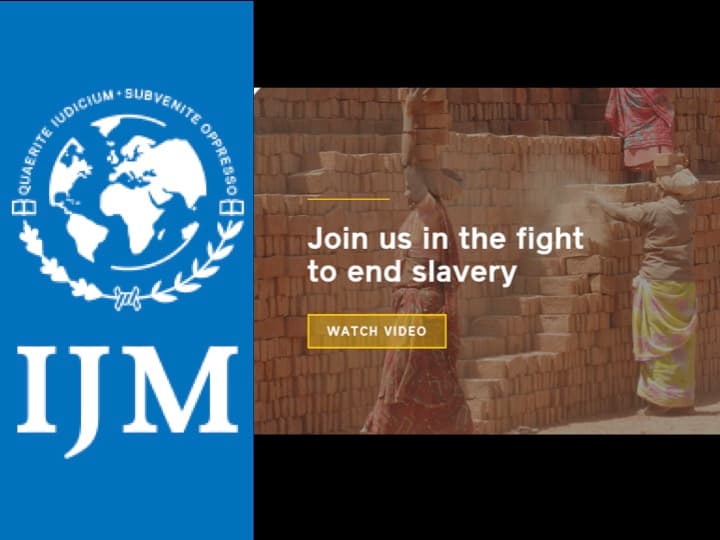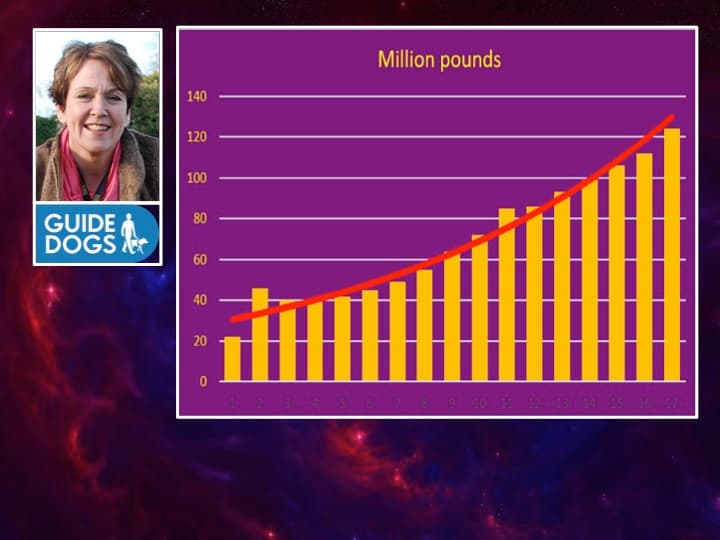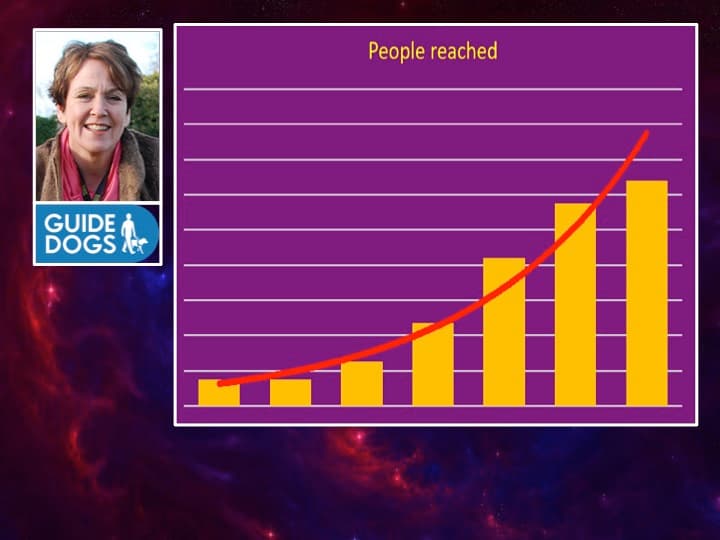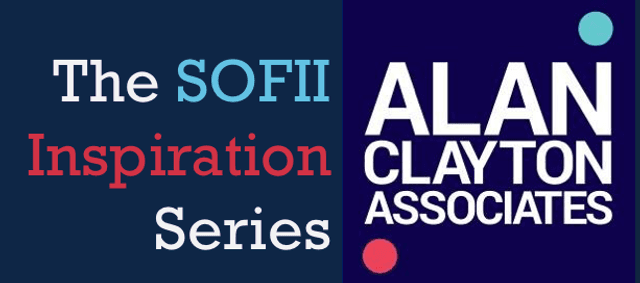Inspiration is scary
- Written by
- Alan Clayton
- Added
- March 02, 2017
If the purpose of a fundraising team is limited to money and financial targets fundraising becomes isolated from the mission and all the other departments in an organisation. There is no inspiration, just the relentless tyranny of targets.
If the purpose of fundraising is a ‘new ambition’ that is focused and emotionally aligned with the mission, is interdependent and entwined with service delivery departments then it is possible for fundraising to really fly.
All successful leaders know the truth of Peter Drucker’s: ‘Culture eats strategy for breakfast’. A successful culture is when a united team chases a common goal and the motivating emotion is inspiration, not fear of failure.
Inspiration starts with purpose (the ‘Why?’) and this is just as true for fundraisers as for service delivery and policy teams. Having a powerful purpose is the start of everything.
Knowing what makes the best ‘Why?’ should be the number one priority of all charity and nonprofit boards. There is one fundamental mistake that many boards make when deciding on how to project the personality and image of their organisations: they think that donors are giving to the organisation. This leads them to focus on reputation, trust, credibility: the ‘What? and How?’ of programmes and services.
Alan Clayton Associates commissioned a report (Great Fundraising Report, available on the Alan Clayton Associates website) to look at what makes fundraising truly great and this research and our other case studies conclude that donors decide to give based on the Why? not the What? or the How? In fact, recent interviews suggest that explaining the How? actually puts many donors off giving.
So what makes a good Why? – to inspire our teams and supporters alike?
A good Why?, at the level of brand, needs to be:
- Fast to understand and buy into, which means it must be very simple.
- Active, a direct call to action.
- Ambitious.
- Inspiring, which means it must be emotional.
- Fundraising focused, which means communicating the problem your organisation is trying to solve, as well as a short solution.
A good fundraising brand is not about the organisation, it’s about your dream.
But there is even more to it than that. Have a look at these three hugely successful fundraising brand propositions.



They fit all the above criteria, of course, but there is one other thing they have in common: they are impossible. The great fundraising brands do not focus on making the organisation credible, but on a dream which is so big it is incredible.
Belief is more important than trust.
Having an impossible dream often creates internal conflict and challenges. It is scary to commit to something impossible. But this is the point, because if something is not scary it is not inspirational. The dopamine-driven emotional reward which donors and staff anticipate is a reward not for achievement, but for overcoming fear or danger. This means that something must be scary for people to be inspired to ‘go for it together’. Moreover, it must be kept scary. If our goal is easy, or guaranteed, or we have done it before there is no fear and hence no inspiration.
The great fundraising leaders have one huge dream that doesn’t change. This is the ‘vision’ of the organisation. On the way to that dream, they do not constantly create new, random ideas. They launch and re-launch a different take on the dream to keep it fresh – for decades.
When International Justice Mission committed to end slavery worldwide they doubled their monthly donor income in a year.

After Guide Dogs (UK) committed to a hugely ambitious dream income more than doubled in just four years. Even better, the number of service users they support has almost tripled. Impossible dreams work.




So, if you want to be an inspired fundraising organisation, you need to operate in the space of ‘scary enough’ and:
- Create a dream.
- Focus it.
- Make it as big as possible.
- Be afraid.
- Commit to it anyway.
- Keep refreshing it.
If this makes people uncomfortable? Well, that’s the point. Comfortable people are not inspired people.
© Alan Clayton, February 2017

















